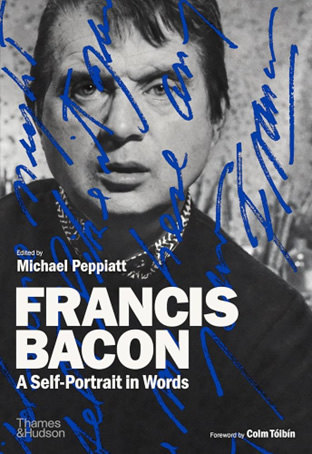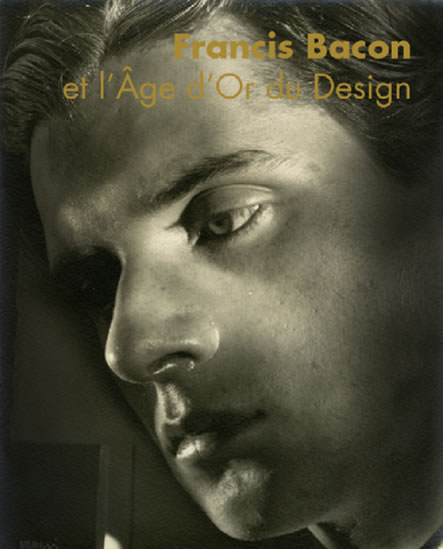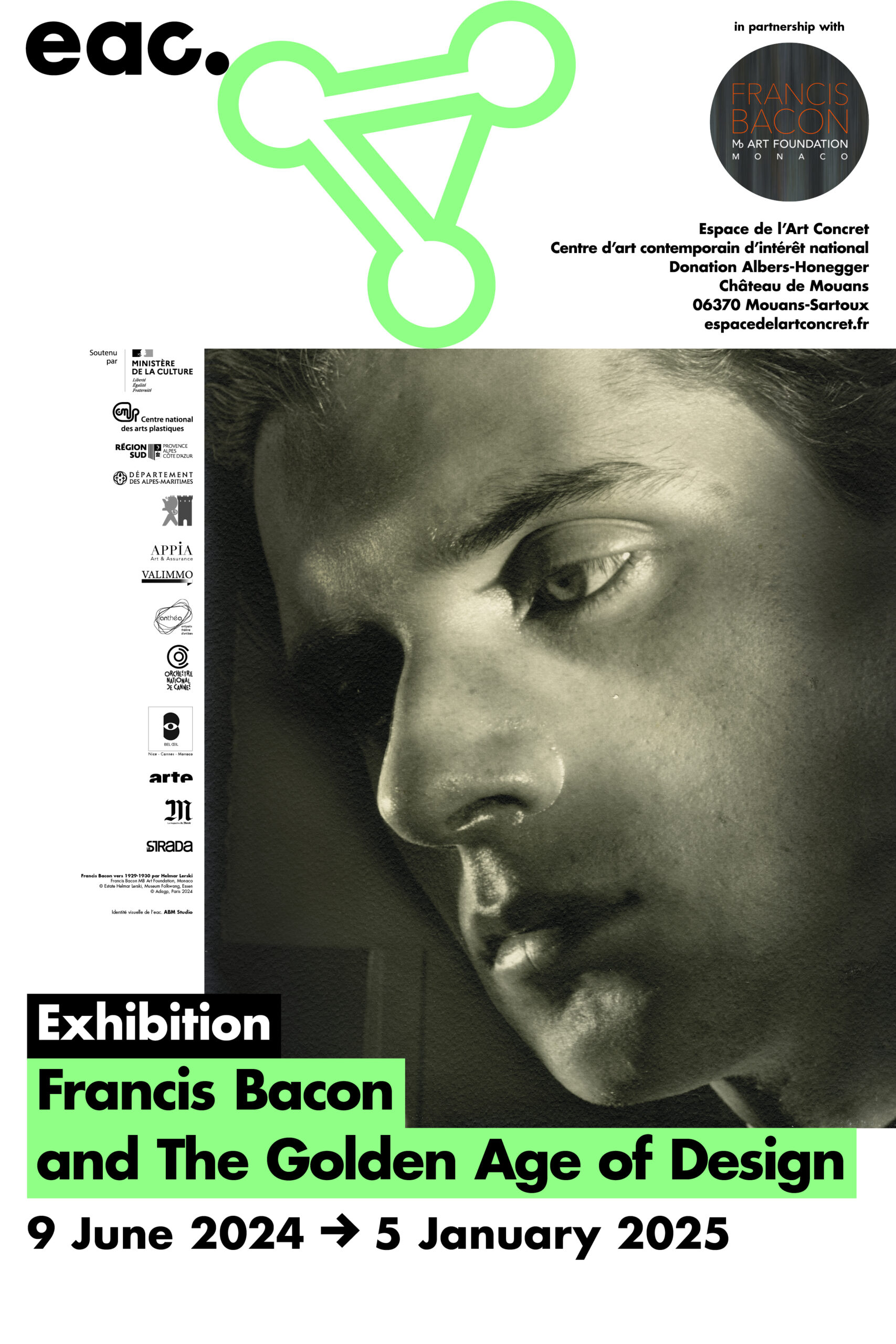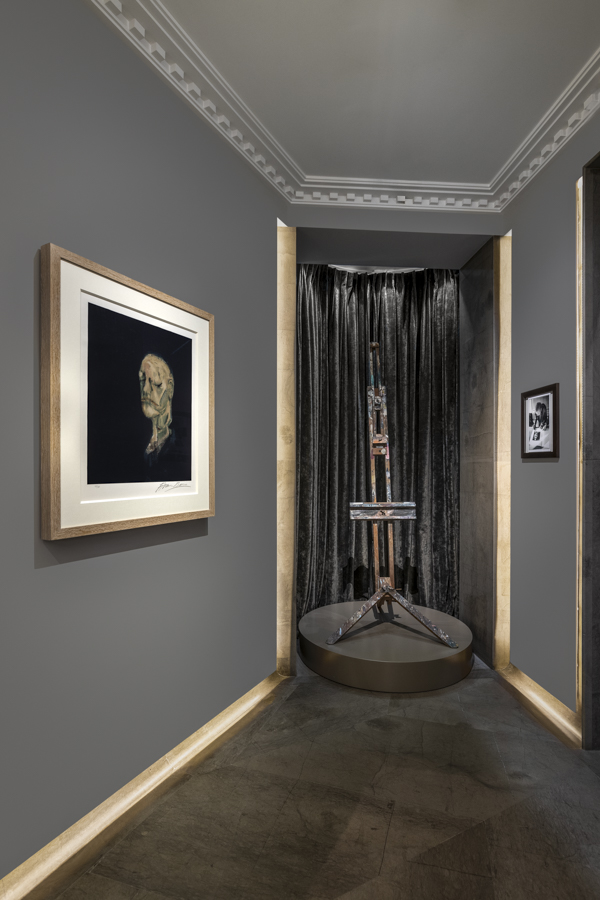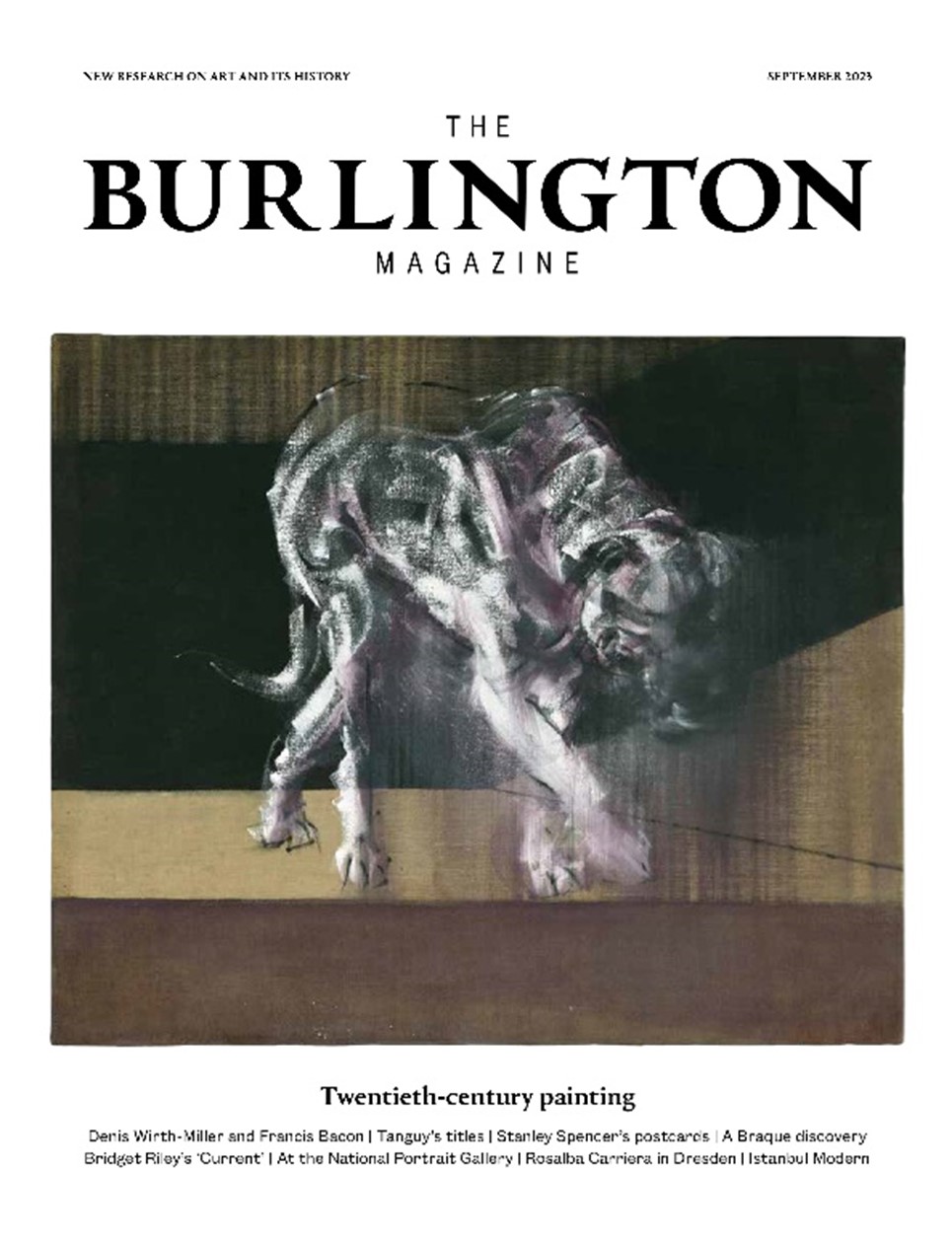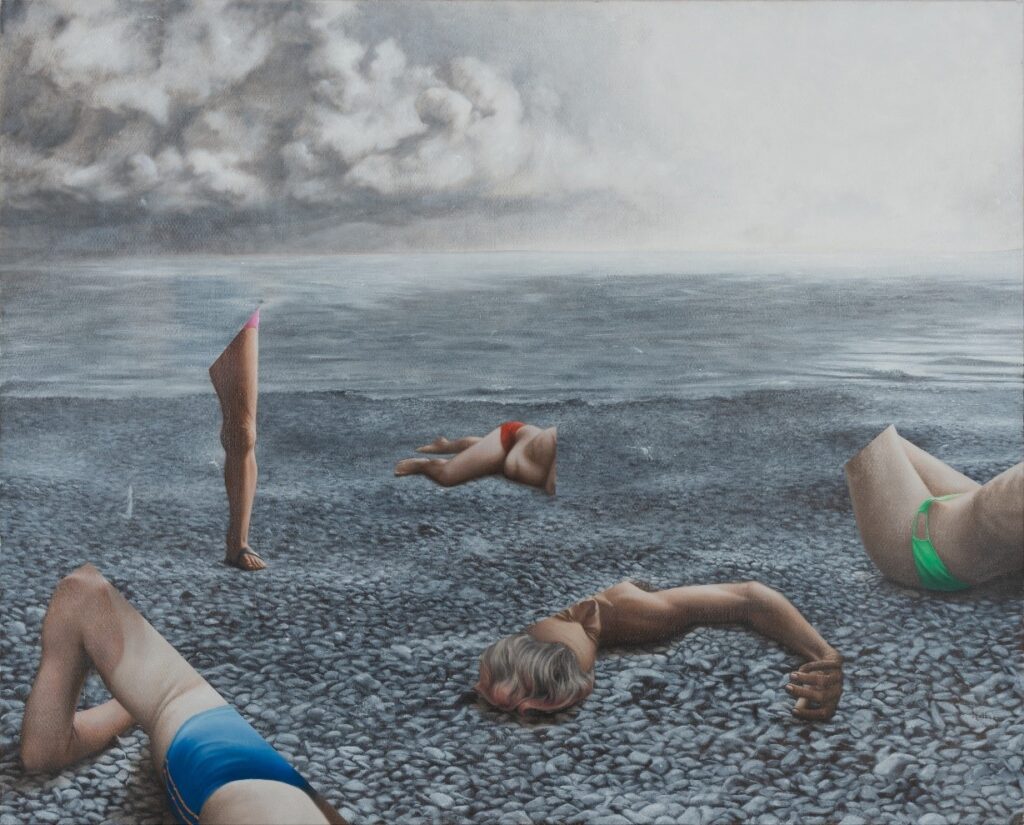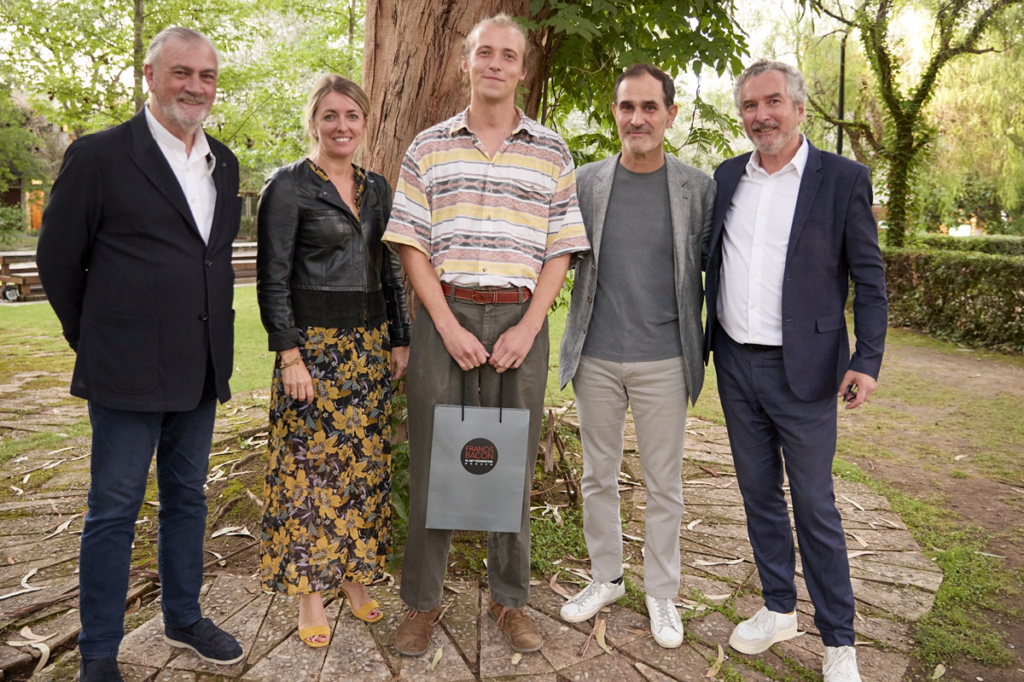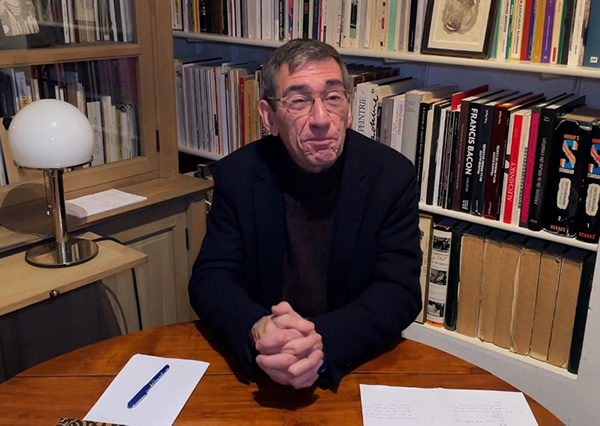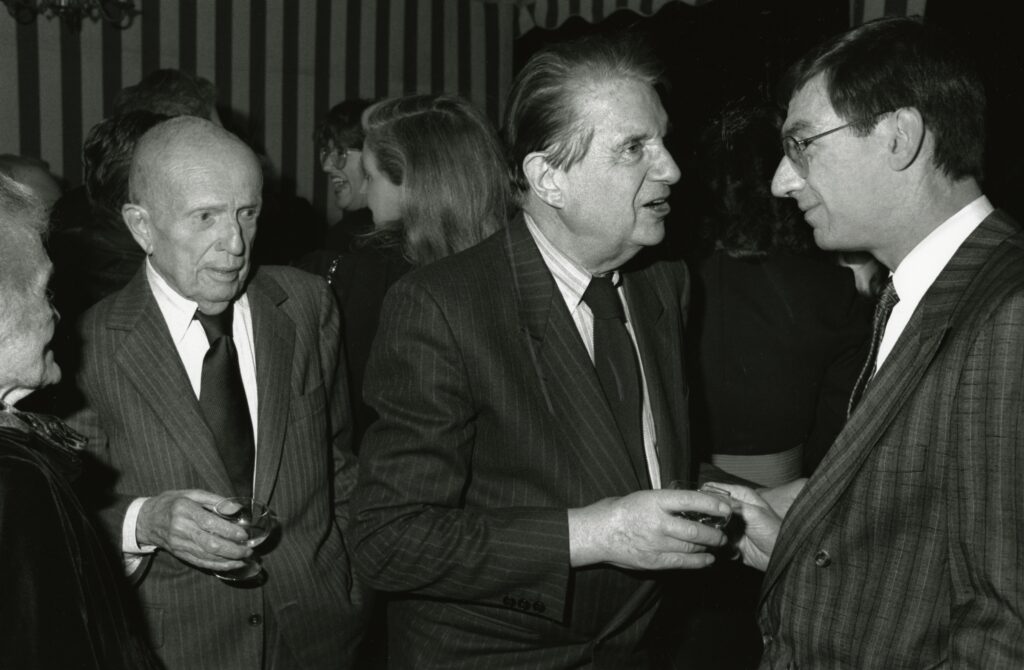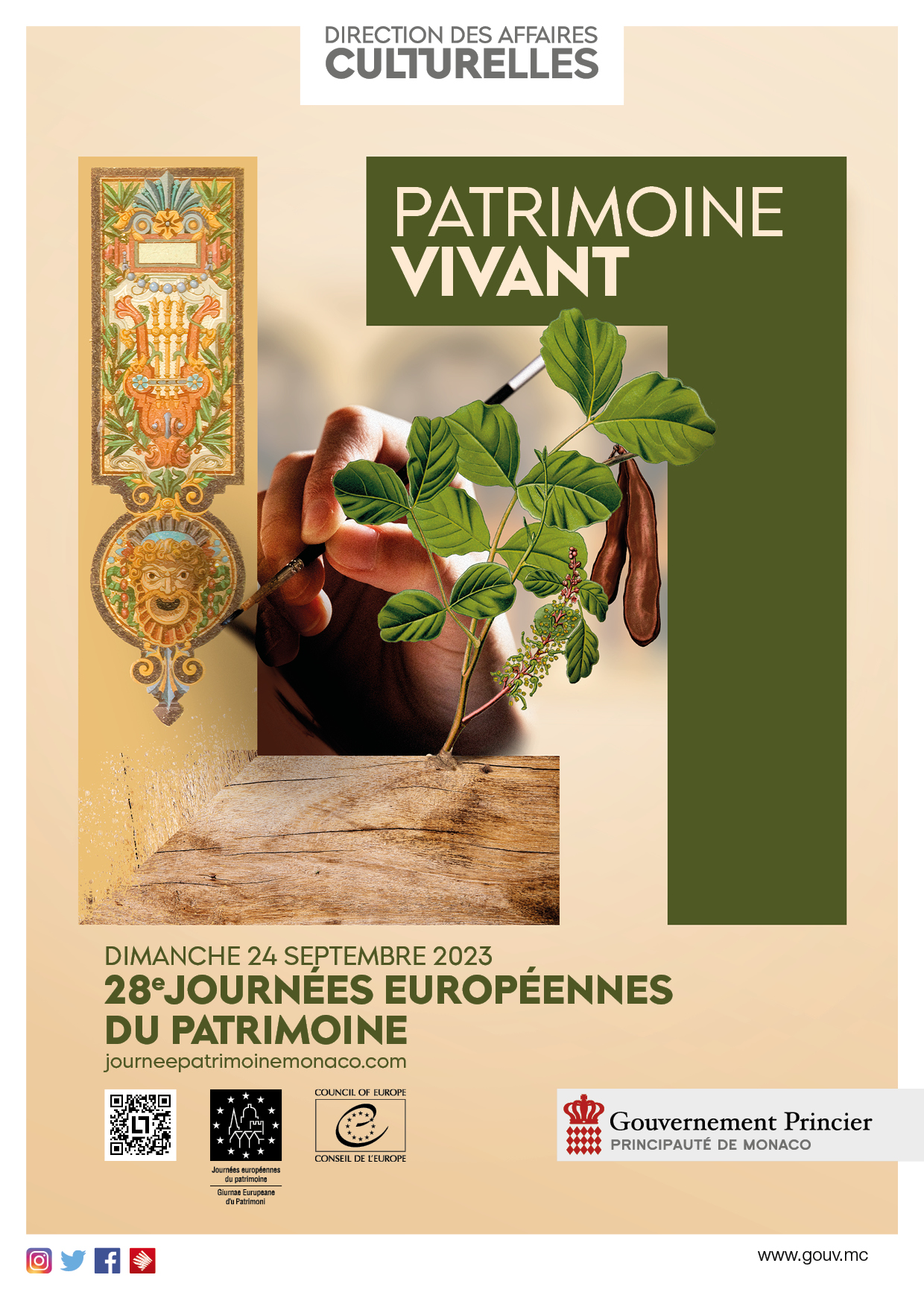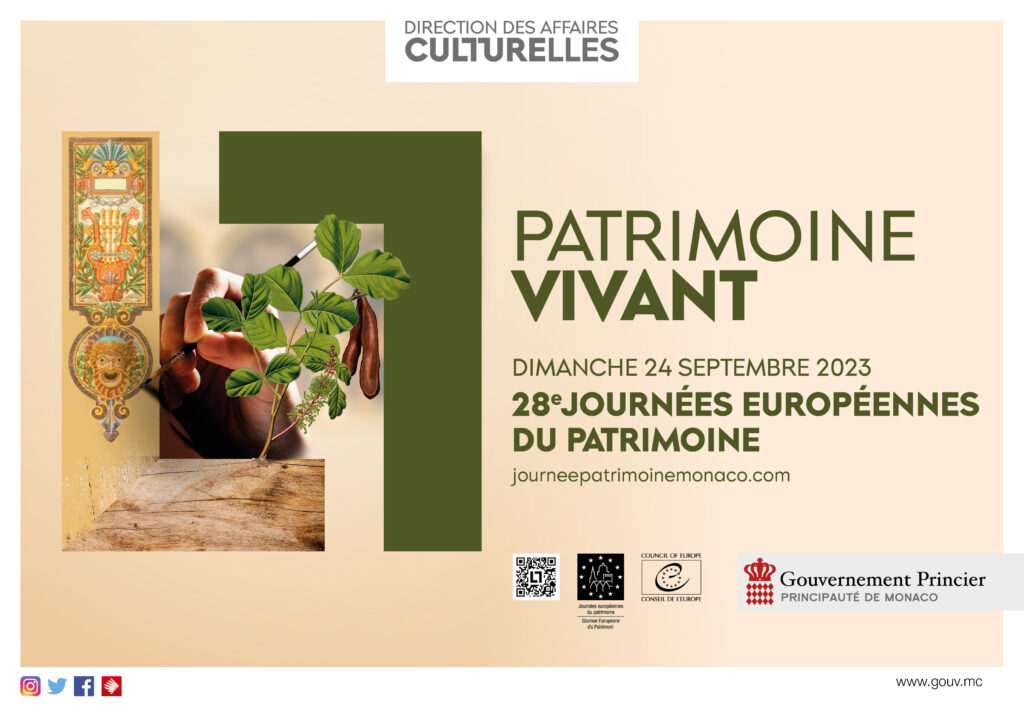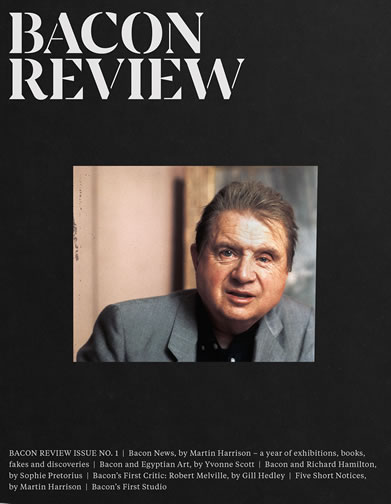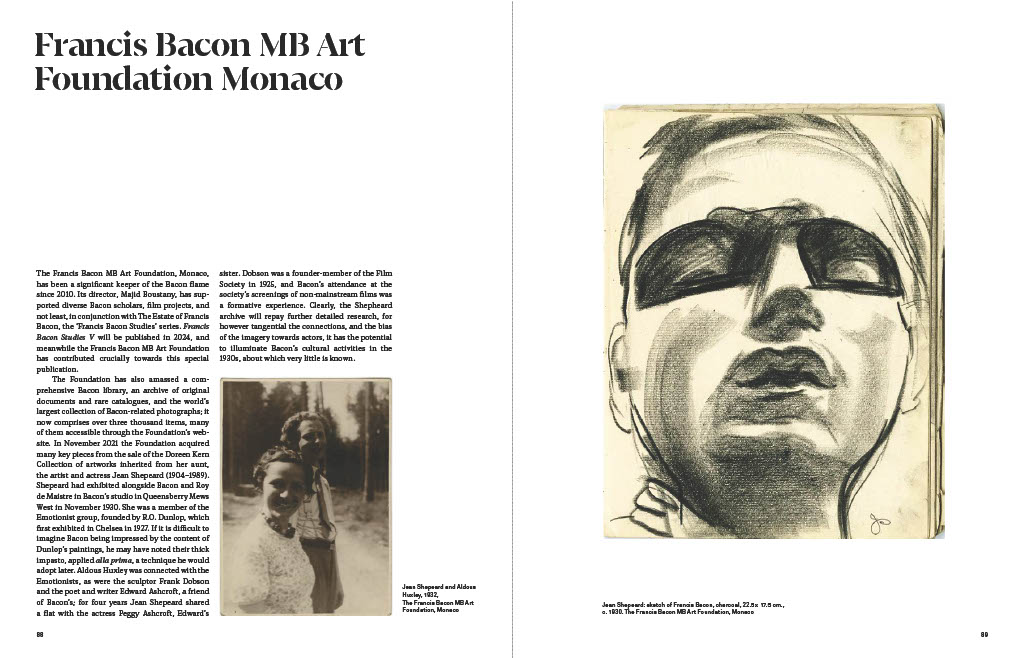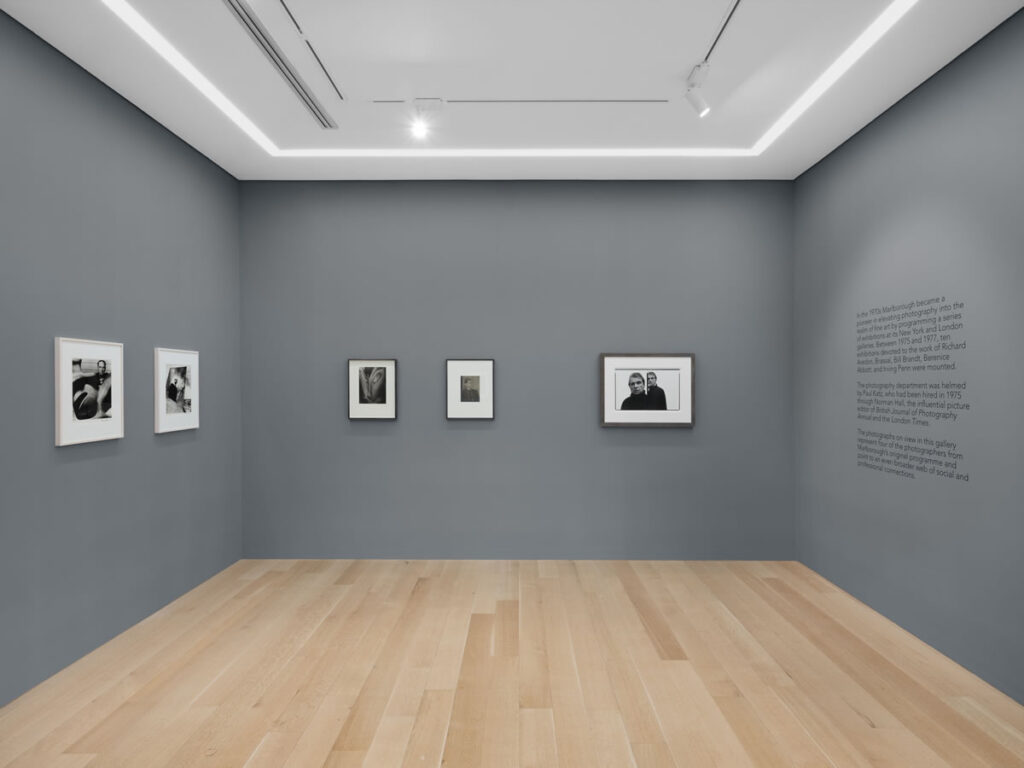We are pleased to announce the release of Michael Peppiatt’s last book, entitled Francis Bacon: A Self-Portrait in Words, which includes the most comprehensive collection of Bacon’s interviews and letters to date. This meticulously collated anthology offers a deep dive into Bacon’s life and thoughts, featuring interviews with Julian Jebb and Pierre Koralnik discussing Bacon’s struggles with alcoholism, as well as letters from various archives that reveal everything from mundane financial matters to profound insights into his psyche.
The founder of the Francis Bacon MB Art Foundation allowed the publisher to reproduce a selection of Francis Bacon’s correspondence from his collection. The Foundation archives encompass one of the most extensive collections of letters and postcards between the painter and a wide range of friends, companions, family, acquaintances, and also with writers, gallery directors and curators. They are a valuable tool for art historians and scholars.
